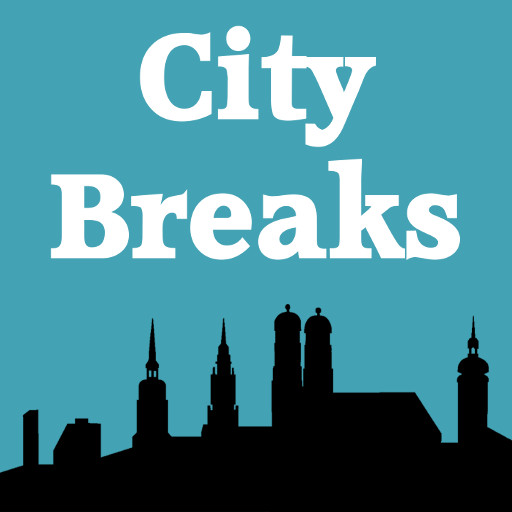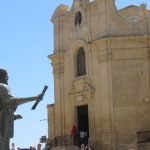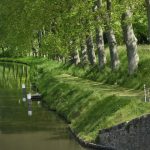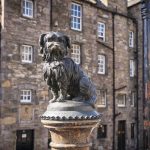Two days out in search of history, art and culture
Carcassone and Toulouse Lautrec: shorthand for two equally interesting day excursions from Toulouse. First, the medieval citadel of Carcassonne, silhouetted against the skyline on a million postcards, whose romantic exterior belies an often gruesome history. And secondly, the equally beautiful city of Albi which boasts not just a unique medieval heritage, and a gothic cathedral decorated inside with floor-to-ceiling frescos, but also the Musée Toulouse Lautrec. Here you can learn about the life of the artist who grew up in Albi, before setting off to Paris to paint some of that city’s most iconic artworks.
carcassonne
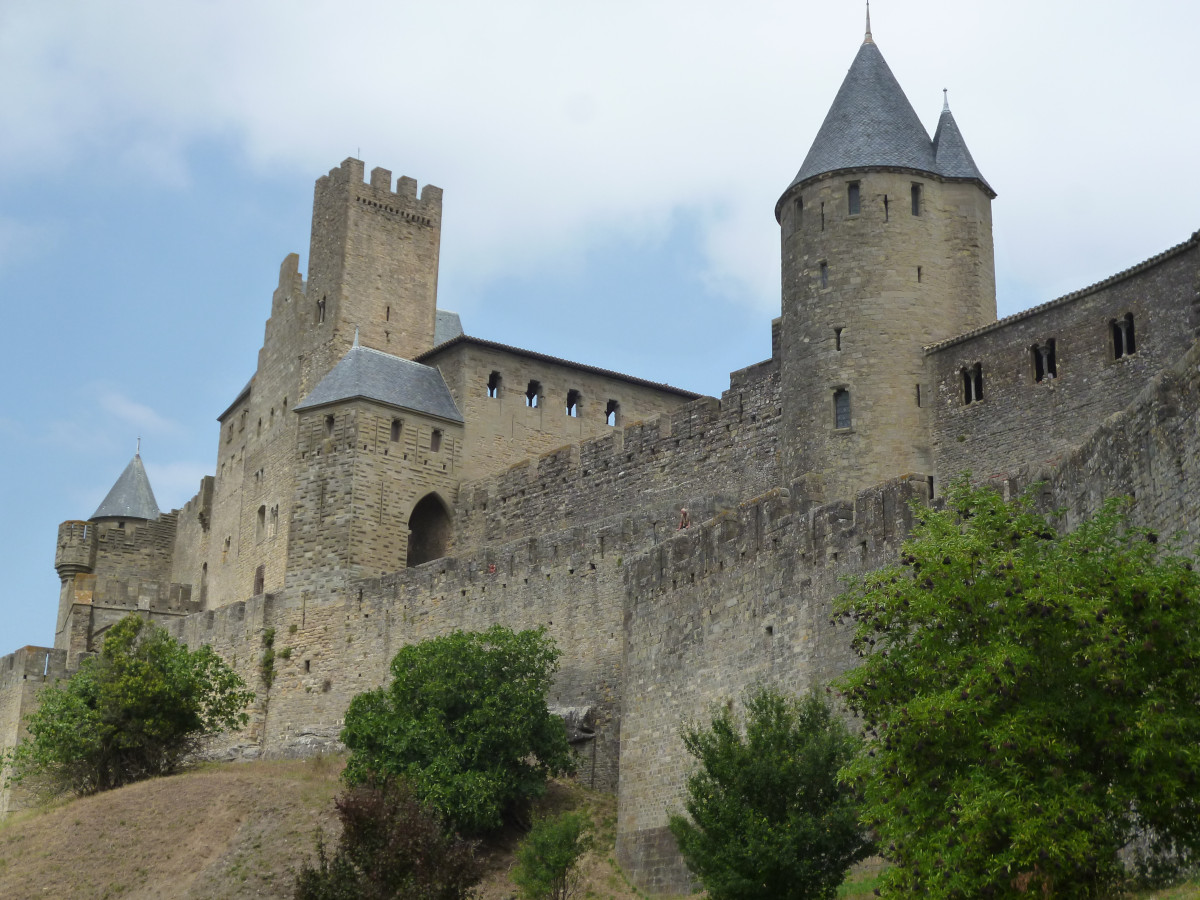
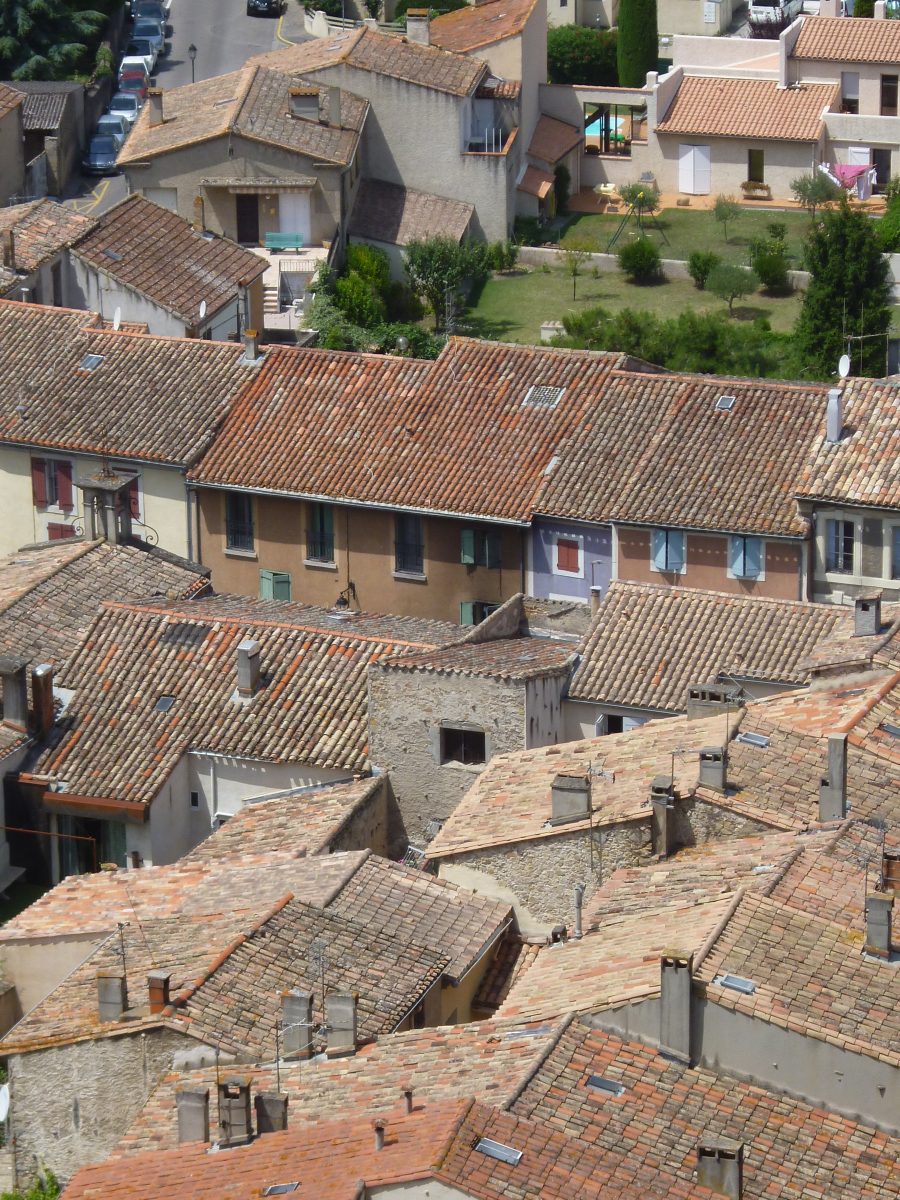
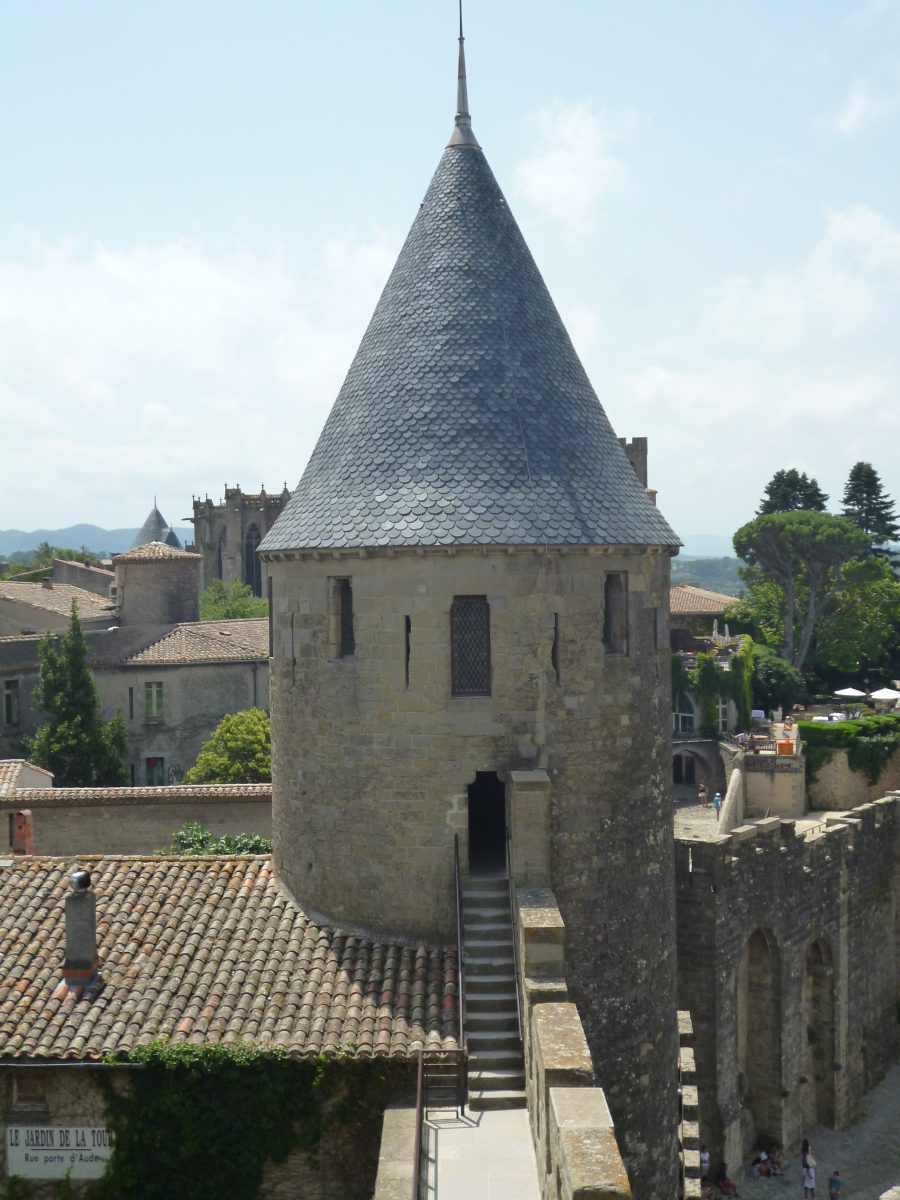
On a one-day visit to Carcassonne, it’s best to focus on the ‘cité’, the ancient walled town steeped in history and atmosphere. Carcassonne has been a settlement since Roman times and today the old town’s steep cobbled streets cluster around the citadel and are full of little shops and restaurants. On a day visit there’ll be ample time to explore them, to visit the citadel and to walk right round the ramparts which surround the ‘cité’
There’s a fascinating legend suggesting how the city got its name, which is told in detail on the podcast, but suffice to say it involves the widow of a Muslim prince, called Carcas, who had to defend the city in a siege. She tricked the attackers with a pig and a bag of wheat and rang a bell to announce her victory. At that point the whole town cried out ‘Carcas sonne’, or ‘Carcas is ringing the (victory) bell.’
The most violent period in Carcassonne’s history came in the 13th century, when the pope sent Christian crusaders to root out the Cathar people believed to be seeking refuge here. He feared them because they practised a much simpler – some would say more sincere – Christian faith than Catholicism. Inquisitions followed and people who refused to renounce their Cathar faith were killed, sometimes walled in and starved to death. Overall, some 20,000 people died. Turbulence in later years included the burning of the city by the Black Prince in 1355, one of the many battles of the Hundred Years War..
In the 17th century, Carcassonne was abandoned in a state of disrepair. But in the 1850s a major restoration project was begun under the architect Eugène Viollet-le-Duc who restored the citadel and added a number of features which had not been there originally – arrow slits and crenellation for example. The result may not have been totally accurate historically, but it certainly looked medieval and began to attract admiring visitors. Today it is one of France’s top 10 visitor attractions, up there with the Louvre and the Eiffel Tower.
what to see in carcassonne
You can walk right around the 3 kilometres of city walls and get great views of the surrounding countryside. In fact, there is an inner wall and an outer one and the space between, which was known as ‘les lices’,was the place where jousting competitions and military drill were held. Today, you can sometimes see jousting demonstrations and mock tournaments there. Inside the old town, visit the Château Comtal, the 12th century site of inquisition and torture, and the Basilique St Nazaire church with its 14th century stained glass windows, and ancient statues including Christ, the Virgin and the Apostles. On July 14th, Bastille Day in English, the castle becomes the backdrop for one of France’s most spectacular fireworks displays.
albi
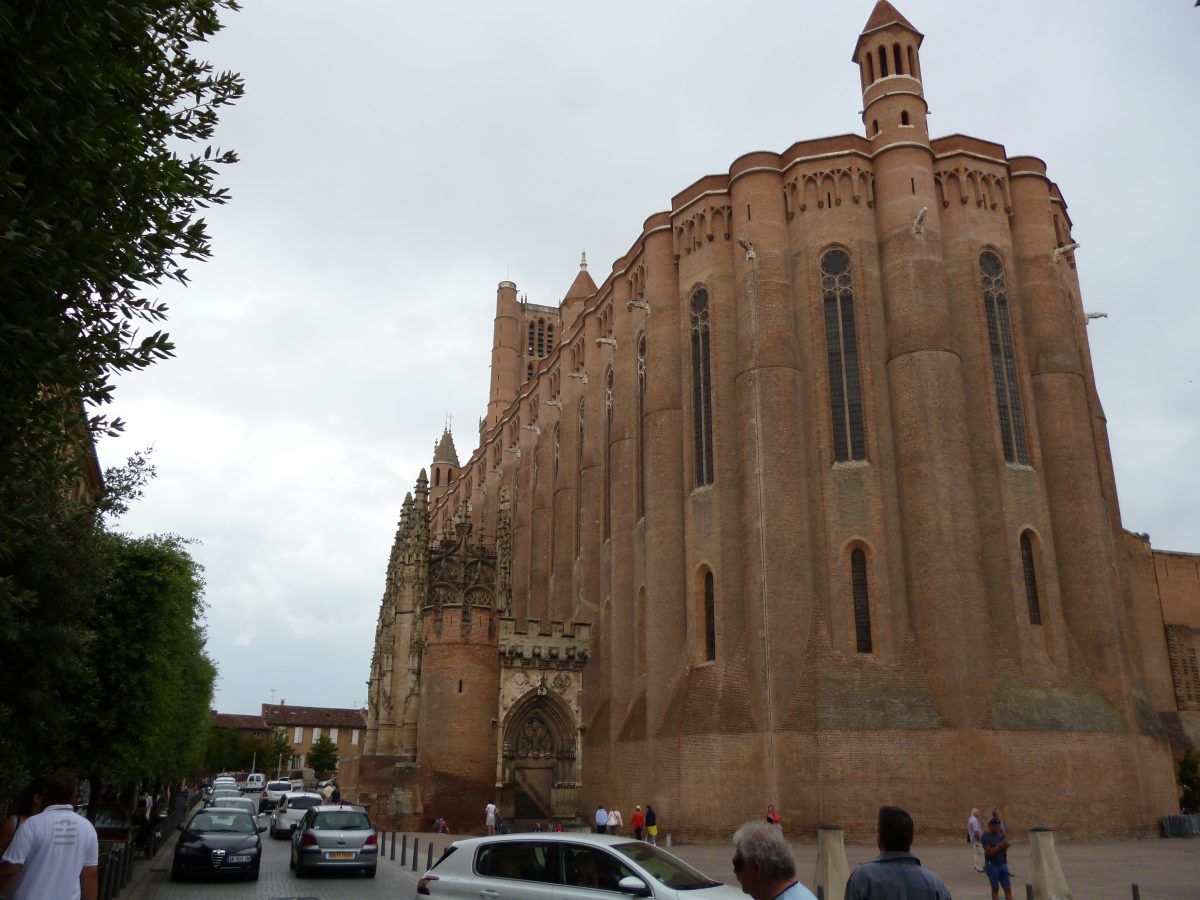
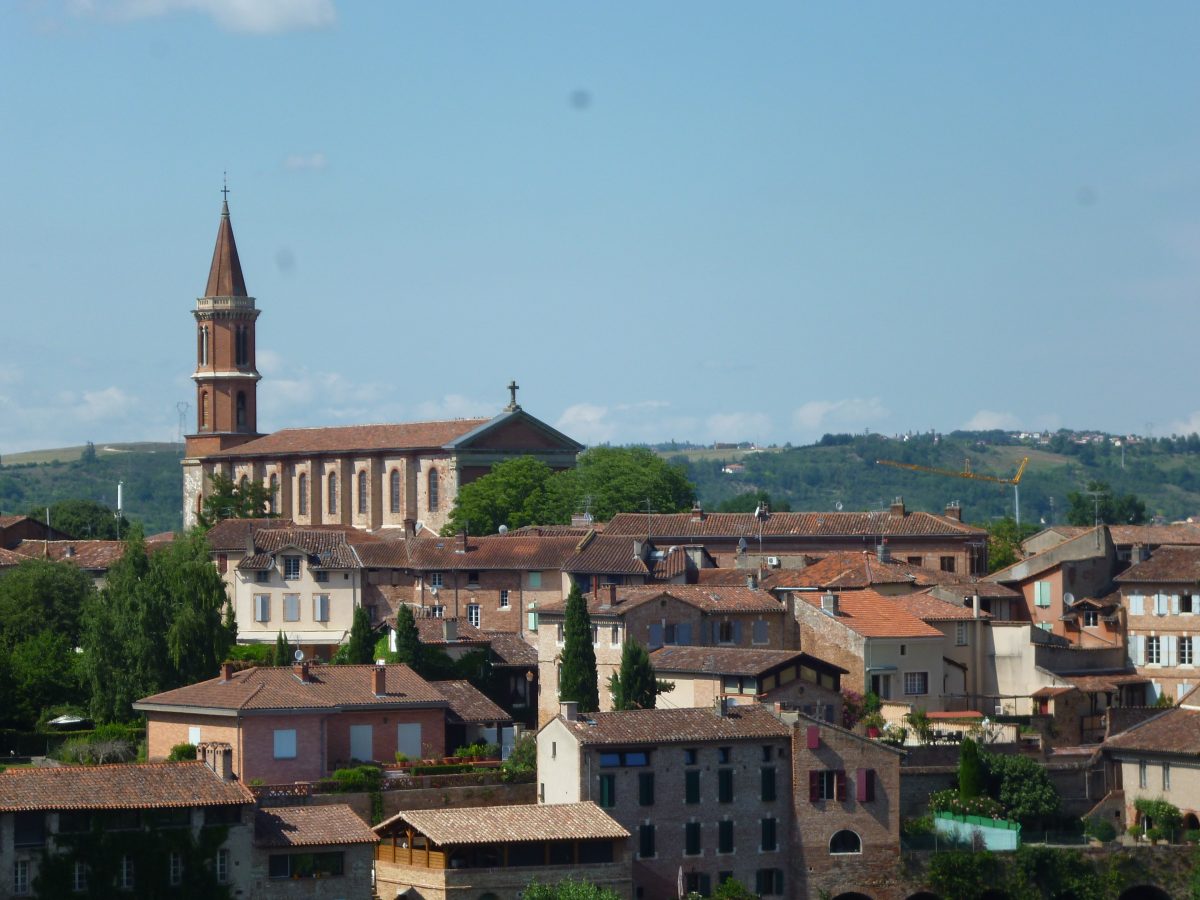
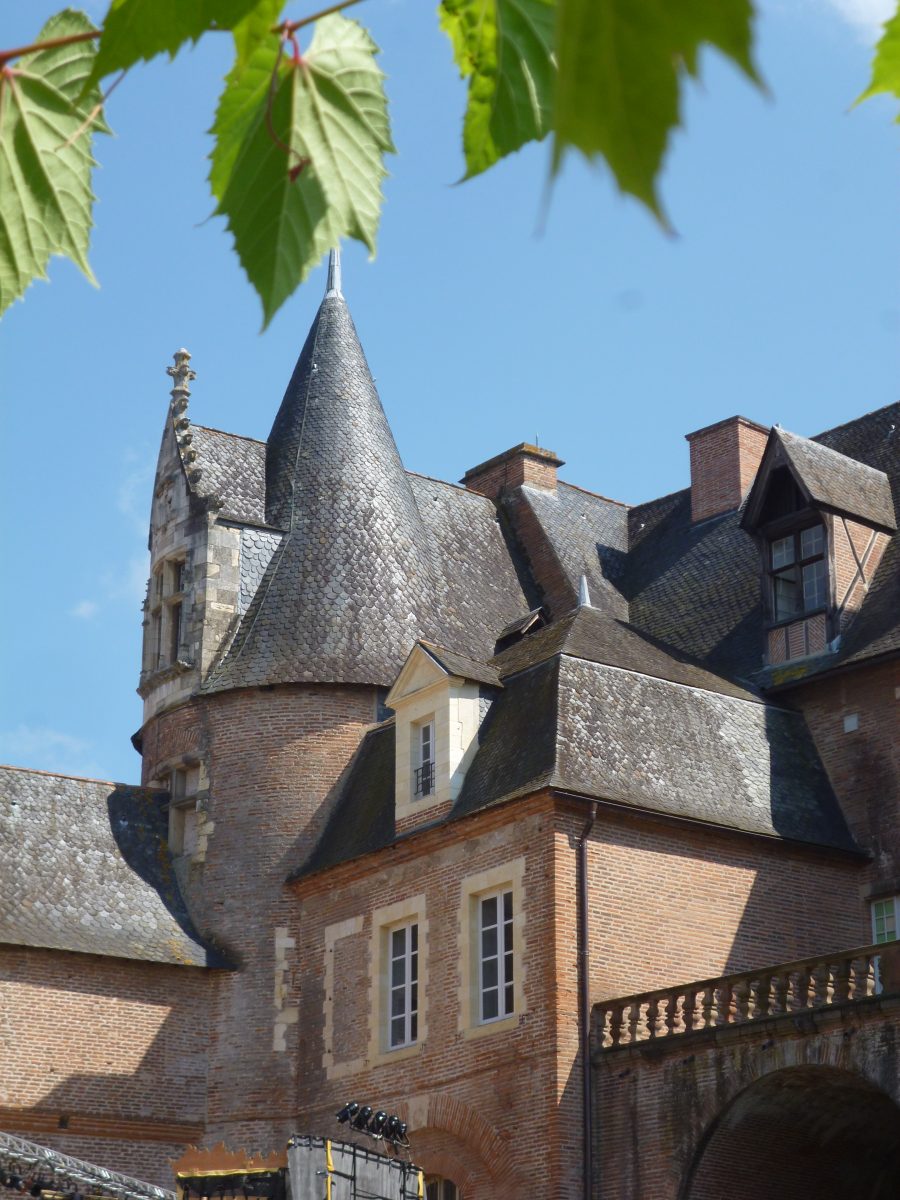
Albi, just over an hour’s train ride from Toulouse, has attractive medieval streets, fine 15th and 16th century mansion and, in the centre, the Cité Episcopale, the former bishop’s palace complex which now houses both the cathedral and the Toulouse Lautrec Museum. The cathedral remained proudly catholic in a region which was a Cathar stronghold and it’s quite a sight. Sainte Cécile is the world’s largest brick cathedral and inside floor-to-ceiling paintings cover the walls. 15th century artists created the 100 metre long frieze, described as a ‘biblical encyclopaedia on a blue and gold background, an evocation of heaven around the Christ in glory.’ Guided tours are available and in summer there are sometimes free organ recitals
toulouse-lautrec museum
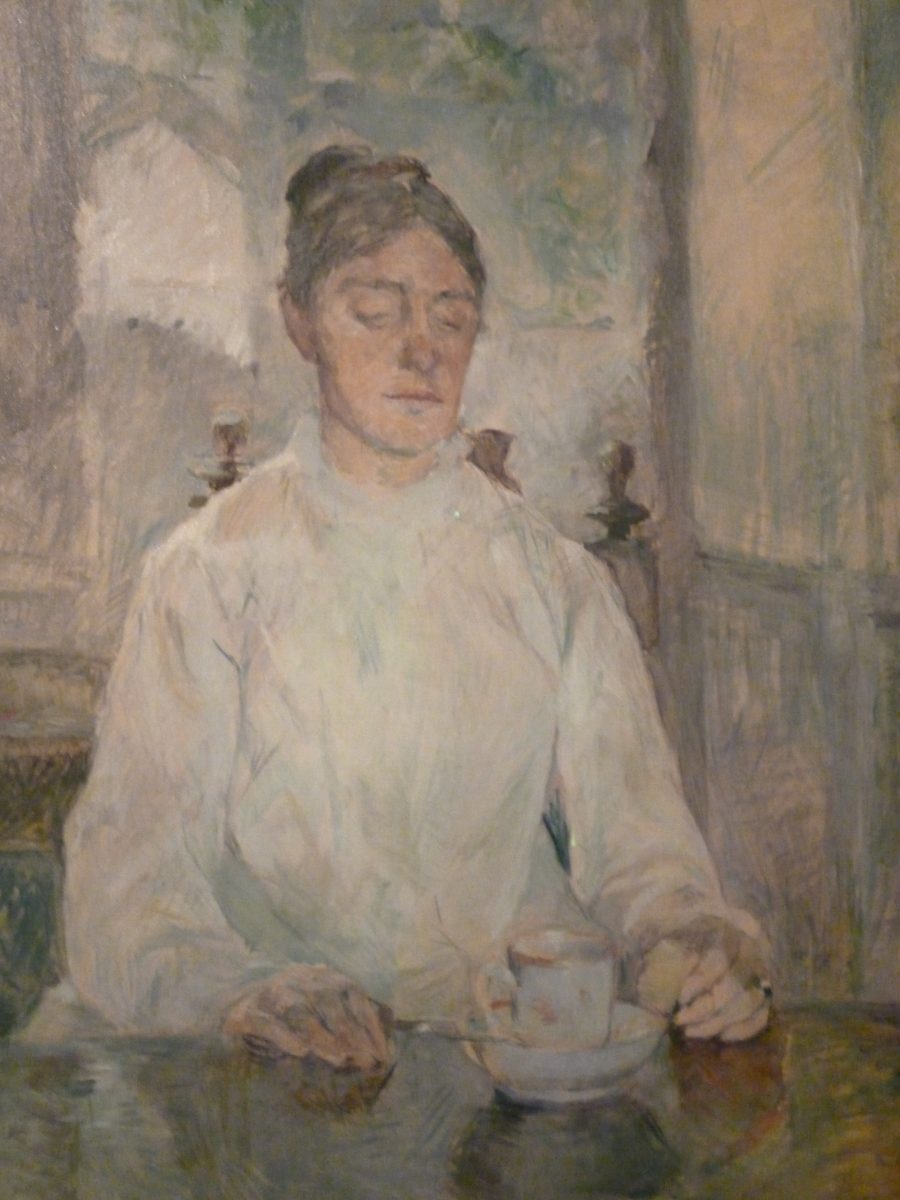
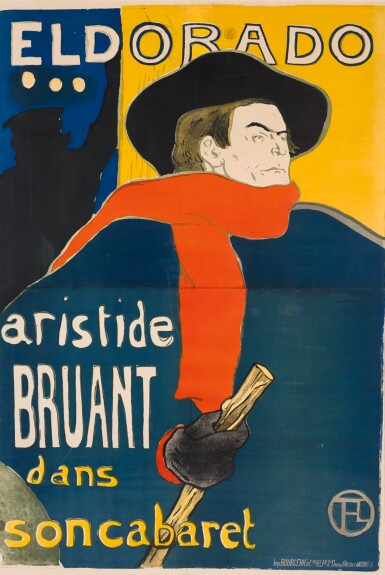

Toulouse-Lautrec was born in Albi in 1864 and after his death his mother devoted the rest of her life to setting up this museum in his memory. His was a well-to-do family – his full name was Henri Marie, Raymond de Toulouse-Lautrec Montfa – but he was a sickly child, often confined indoors, where he spent many hours drawing and painting. As an adult he left for Paris where, as Julia Frey puts it in her biography of him, ‘he could be found every night with his cane and bowler hat in the bars and dance halls of Montmartre, frequently drunk and disorderly and always sketching.’ There’s more on the podcast on his flamboyant lifestyle, chronic illnesses, alcoholism and early death.
Here at the museum you can see over 200 of Toulouse-Lautrec’s paintings, including portraits of friends and family, such as a painting of his mother, shown in deep reflection one morning over breakfast. Better known are his many depictions of Parisian life, often portraying the down at heel people with whom he mixed. Here for example, are several pictures of prostitutes, such as The Friends, The Salon in the Rue des Moulins and Woman Combing her Hair, all of which show the women doing everyday tasks or relaxing together. Paintings of dance halls, café-concerts and theatres show the nightlife of fin-de-siècle Paris, some capturing performers such as the dancer La Goulouse, famous for her Folie de Bergères performances.
Here too are 30 of the posters which are perhaps what he is best known for, including his very first one, an advert for the Mouin Rouge, dating from 1891. Others show cancan dancers against a background of silhouetted figures and, on a poster for the Ambassadeurs, is the nightclub owner Aristide Bruant in his red scarf and black hat, a picture you will almost certainly recognise. It’s a chance to see the original works which became so famous and are now found on biscuit tins, t shirts and shoulder bags in gift shops all over the world.
Listen to the POdcast
Reading suggestions
Toulouse-Lautrec – A Life by Julia Frey
links for this post
Carcassonne Tourist Office
Albi Tourist Office
St Cecile Cathedral, Albi
Toulouse-Lautrec Museum
Previous Episode The Canal du Midi, Toulouse
Next Episode Toulouse Gastronomy
Last Updated on November 19, 2023 by Marian Jones
